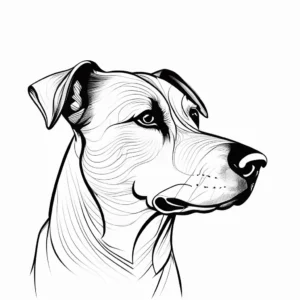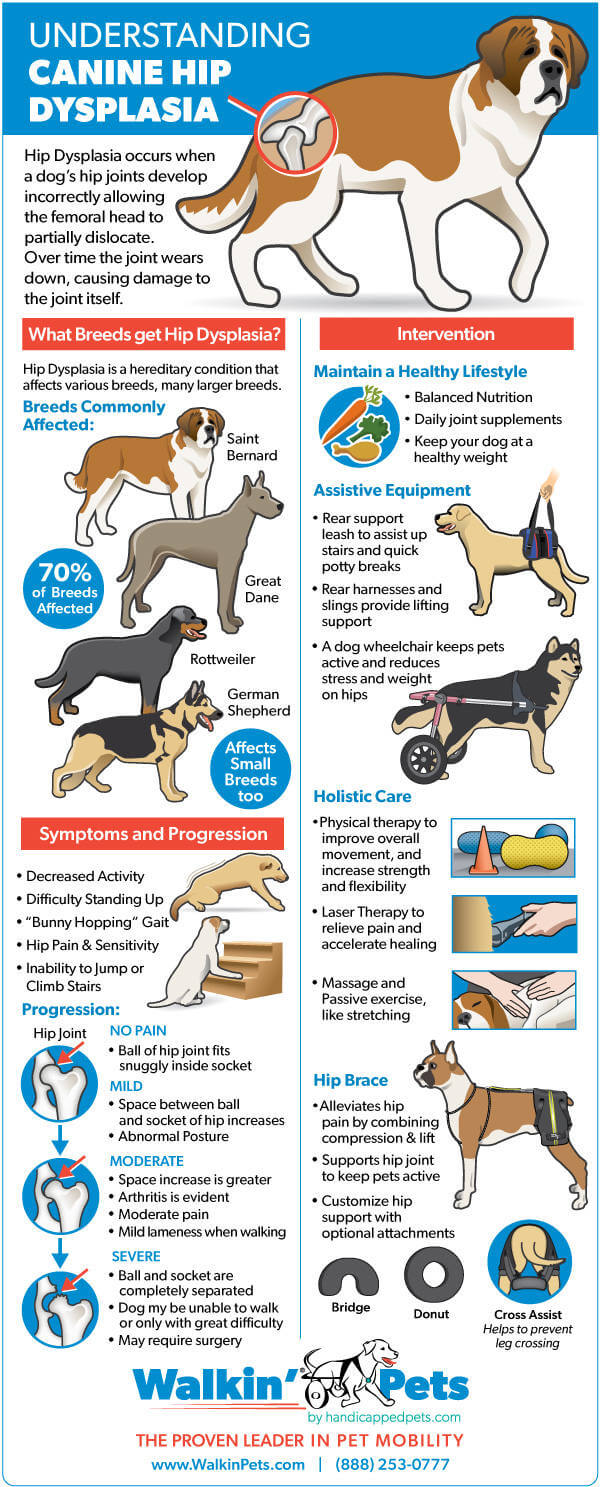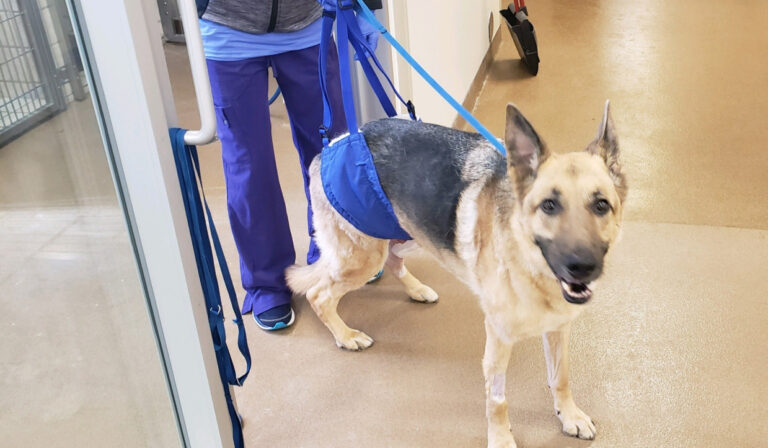As a responsible dog owner, monitoring your pet’s complete health includes being attentive to issues that might feel uncomfortable to discuss. Male dog reproductive health is an important aspect of their overall wellbeing that shouldn’t be overlooked. This comprehensive guide will help you identify, understand, and properly address common penile conditions in male dogs, ensuring your furry companion stays healthy and comfortable.
Why Monitoring Your Dog’s Reproductive Health Matters
Male dogs can develop several conditions affecting their genital area that, if left untreated, may lead to discomfort, pain, or more serious health complications. Early detection and prompt veterinary attention can prevent minor issues from becoming major problems. Regular observation during grooming or petting sessions can help catch potential concerns early.
Common Penis-related Conditions in Dogs
1. Balanoposthitis (Inflammation of the Prepuce)
What it is: Inflammation of the prepuce (the sheath covering the penis) and sometimes the penis itself.
Signs to watch for:
- Discharge from the prepuce (may be yellowish or greenish)
- Excessive licking of the genital area
- Redness and swelling
- Difficulty urinating
- Foul odor
Causes:
- Bacterial infections
- Allergic reactions
- Foreign material trapped inside the prepuce
- Poor hygiene, especially in dogs that don’t groom themselves adequately
Treatment options:
- Gentle cleaning of the area with veterinarian-recommended solutions
- Antibiotics for bacterial infections
- Anti-inflammatory medications
- In recurring cases, your vet may recommend regular cleaning routines
2. Paraphimosis (Inability to Retract the Penis)
What it is: A condition where the penis becomes stuck outside the prepuce and cannot retract normally.
Signs to watch for:
- Exposed penis that doesn’t return to the sheath
- Swelling, discoloration (red, purple, or even black in severe cases)
- Dryness of the exposed tissue
- Signs of pain or distress
- Excessive licking or attention to the area
Causes:
- Hair wrapped around the penis
- Physical trauma
- Neurological issues
- Sexual excitement without resolution
Treatment options:
- This is a MEDICAL EMERGENCY requiring immediate veterinary attention
- The vet will lubricate and manually reduce the penis
- Cold compresses to reduce swelling
- In severe cases, sedation or surgery may be necessary
- Prevention includes regular checking for hair rings around the penis in long-haired dogs
3. Preputial Discharge
What it is: A normal physiological process in male dogs that can sometimes become excessive.
Signs to watch for:
- Yellow-greenish discharge from the prepuce
- Staining of fur around the prepuce
- Excessive licking
Causes:
- Normal cell turnover (mild discharge is normal)
- Bacterial overgrowth
- Urinary tract infections
- Prostate issues
Treatment options:
- Determine if the discharge is abnormal with veterinary consultation
- Appropriate cleaning as recommended by your vet
- Antibiotics if bacterial infection is present
- Investigation and treatment of underlying causes
4. Priapism (Prolonged Erection)
What it is: An uncommon but serious condition where the dog experiences a persistent, often painful erection not associated with sexual arousal.
Signs to watch for:
- Erection lasting more than 4 hours
- Signs of pain or discomfort
- Discoloration of the penis
- Lethargy or other signs of systemic illness
Causes:
- Neurological disorders
- Blood disorders
- Certain medications
- Trauma
Treatment options:
- Immediate veterinary care is essential
- Medication to help blood vessels dilate
- Sedation may be required
- Treatment of underlying conditions
- In severe cases, surgical intervention
5. Penile Tumors
What it is: Growths on the penis or prepuce that can be benign or malignant.
Signs to watch for:
- Visible masses or growths
- Bleeding from the prepuce
- Difficulty urinating
- Excessive licking of the area
- Foul-smelling discharge
Causes:
- Age-related changes
- Transmissible venereal tumors (in intact males)
- Various types of cancer
Treatment options:
- Veterinary examination and biopsy to determine if benign or malignant
- Surgical removal when possible
- Radiation therapy for certain types of tumors
- Chemotherapy in cases of malignant tumors

When to See a Veterinarian
While some minor issues might resolve with proper hygiene, many penis-related conditions require professional veterinary care. Contact your veterinarian immediately if you notice:
- Any significant changes in the appearance of your dog’s genital area
- Persistent discharge, especially if it contains blood
- Signs of pain when urinating
- An exposed penis that doesn’t retract within 30 minutes
- Excessive licking or attention to the genital area
- Discoloration of the penis or prepuce
- Swelling, lumps, or unusual growths
Preventive Care Tips
- Regular observation: Include a quick visual check of your dog’s genital area during grooming sessions.
- Proper hygiene: For dogs with deep preputial folds or those prone to discharge, ask your veterinarian about appropriate cleaning procedures.
- Grooming: In long-haired dogs, keep the hair around the prepuce trimmed to prevent hair rings.
- Neutering: Discuss with your veterinarian whether neutering might reduce the risk of certain conditions, particularly for dogs not intended for breeding.
- Regular check-ups: Include reproductive health in your discussions during routine veterinary visits.
Special Considerations for Different Breeds
Some breeds have anatomical differences or predispositions to certain conditions:
- Bulldogs and other brachycephalic breeds: Often have tighter preputial openings and may be more prone to irritation and inflammation.
- Long-haired breeds: More susceptible to hair entrapment issues.
- Large and giant breeds: May develop more noticeable normal discharge.
Discussing Concerns With Your Veterinarian
Many pet owners feel uncomfortable discussing their dog’s reproductive health, but veterinarians deal with these issues daily and approach them professionally. Don’t hesitate to:
- Be specific about what you’ve observed
- Ask questions about prevention
- Request demonstrations of any home care procedures
- Follow up if conditions don’t improve with treatment

Conclusion
Maintaining awareness of your male dog’s reproductive health is an important part of responsible pet ownership. By familiarizing yourself with normal appearance and being alert to changes, you can ensure prompt veterinary care when needed. Most penis-related conditions in dogs respond well to treatment, especially when caught early.
Remember that while this guide provides information to help you identify potential issues, it’s not a substitute for professional veterinary care. When in doubt, always consult your veterinarian for proper diagnosis and treatment of any concerning conditions in your canine companion.
Disclaimer: This article is meant for educational purposes only and does not replace professional veterinary advice. Always consult with a qualified veterinarian regarding the health of your pet.








